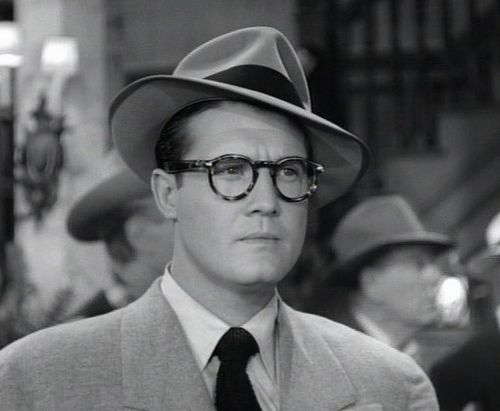Sitting here at my desk
reading a 2008 article by Kevin Kelly, titled 1,000 True Fans, I’m pondering
the lack of success I, and most of my independent artist friends, have had in
the digital age. The last crop of my musician friends to make it big, did it
the old fashioned way. They were robbed, I mean signed, by big record
companies, whose big media connections got them “millions of fans,” thereby securing their success. Or did they? On second thought maybe not, as I recall
The Blues Traveler, Spin Doctors and Phish got signed to big labels because
they already had thousands of diehard fans who would spend their last nickel on
tickets and gas money to hear them.
The premise of
the article was that 1000 fans X $100.00 a year can make you $100,000.00 a
year. Sounds like an ad in the back of Mad Magazine, right next to the one for
X-Ray glasses.
Blues Traveler and Phish did originally sell their products directly to fans at their shows, and by mail order, which allowed them to keep most of the profit. You sent the band a check or money order via snail mail and they shipped their CD to you. When this was the case the production costs were kept really low. Things like kickstarter and other crowd funding websites didn’t exist, so artists had to fund themselves. A lot of their best work was produced that way. It was lean and mean and edgy.
Blues Traveler and Phish did originally sell their products directly to fans at their shows, and by mail order, which allowed them to keep most of the profit. You sent the band a check or money order via snail mail and they shipped their CD to you. When this was the case the production costs were kept really low. Things like kickstarter and other crowd funding websites didn’t exist, so artists had to fund themselves. A lot of their best work was produced that way. It was lean and mean and edgy.
So, now with
kickstarter you can go to your fans, instead of back to uncle George who funded
your last 3 records. The
long tail aggregators will help you reach the underserved demographic, making the
obscure becomes less obscure. Unfortunately, when you sell your work on Spotify or CD Baby or most
other aggregators you die a death by a thousand cuts. Every month I hear the
same type of story: “Got my check for $1.84 from, such and such. The new tune
got 1200 downloads at $.99 each, and the sent me, the artist $1.84.” It’s a
weird feeling to be so well known and not be able to pay the electric bill. So If I’m getting $1.84 a month for my 1200
downloads, I’m gonna need more like 500,000 true fans before I can pay my
electric bill.
I’m listening to a story on
Democracy Now about the Republican Health Care Bill while I write this and I
can’t help thinking how it could have used 1000 true fans. Hell they couldn’t get 269 fans in
Congress (218 fans in the House of Representatives and 51 fans in the Senate).
Interestingly the mainstream media does not appear to be a fan of the plan or
the Republican leadership anymore. Judge Janine Pirro of Fox News just turned on Paul Ryan for failing to sell
the Republican health
care plan while, “Republicans
had the House, the Senate
and the White House”.
How could this have happened? Maybe the Administration missed one of
Kelly’s main points. They must have missed this article, altogether.
“ You must have a
direct relationship with your fans… This new technology permits creators to
maintain relationships, so that the customer can become a fan.” Perhaps the
problem is the present administration has moved too far from their base. They should have employed, Street Performer
Protocol, to sell their healthcare bill before it was actually available. You’d
think a carnival barker like Trump or a snake oil salesman like Ryan would have
understood this fundamental and worked it better. You actually have to have something real to
tease the audience with, and a convincing ‘blow off’ as a deal closer. However,
I’m not sure that it works if the thing you’re selling is complete garbage.
Oscar the Grouch may love trash, but he’ll soon be unemployed. Hey wait
unemployed muppets might be an underserved demographic, and they’ll be growing
by all accounts. Maybe the President should work on making a few true fans
there.




